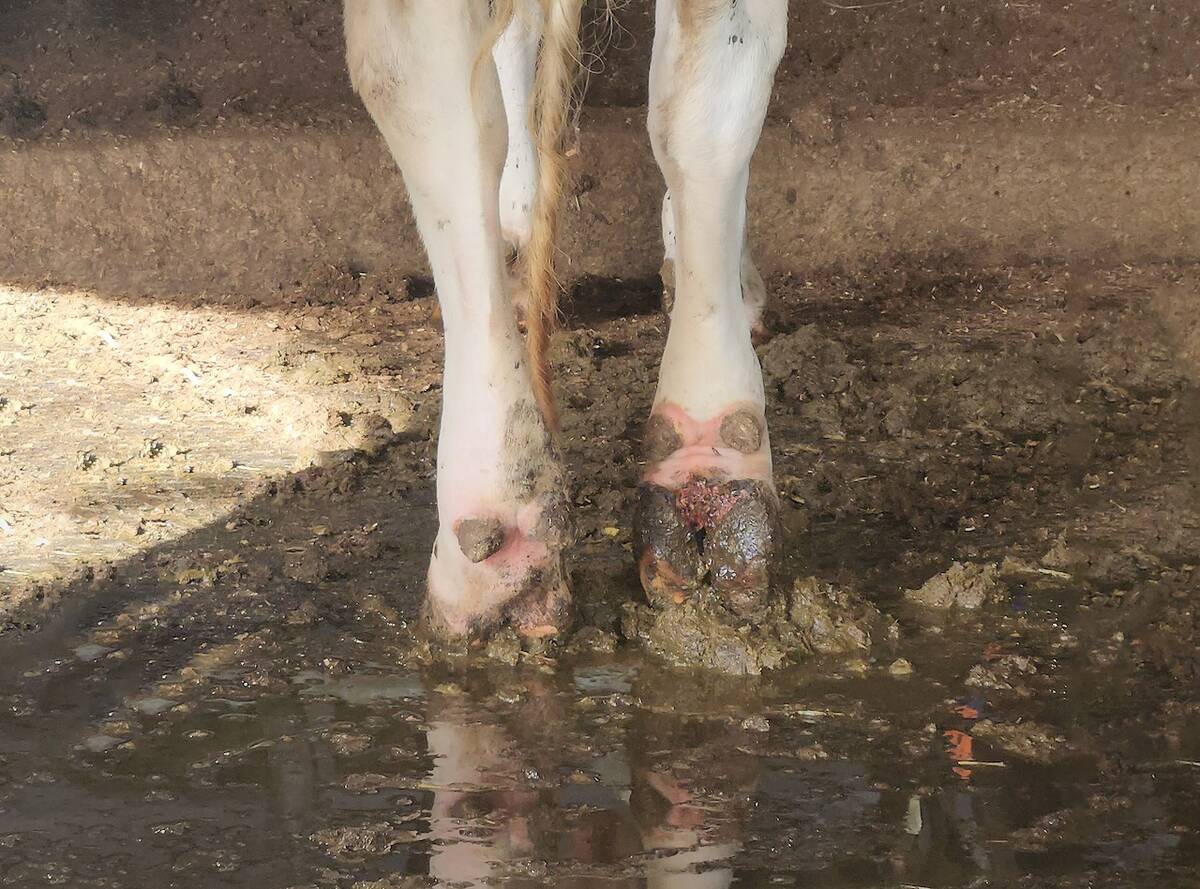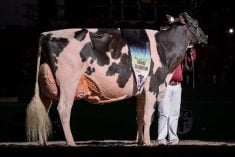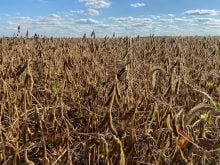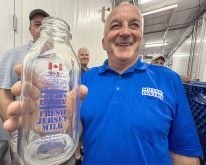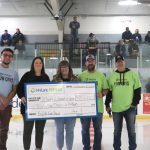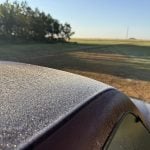Digital dermatitis (DD) is an infectious hoof disease and one of the most common causes of lameness in dairy herds worldwide.
Once it arrives in a herd, it almost never leaves.
It typically appears as a moist, red, or ulcerated lesion located just above the heel bulbs at the back of the interdigital cleft. The condition spreads easily, causes pain, reduces production, and brings both economic losses and serious animal welfare concerns.
DD’s etiology involves a complex group of bacteria, with Treponema species playing the leading role. These spiral-shaped bacteria are consistently found in active lesions and are considered the primary culprits. But they do not act alone. Other anaerobic bacteria are also involved, adding to the severity of the infection and making it more likely to become chronic.
Read Also
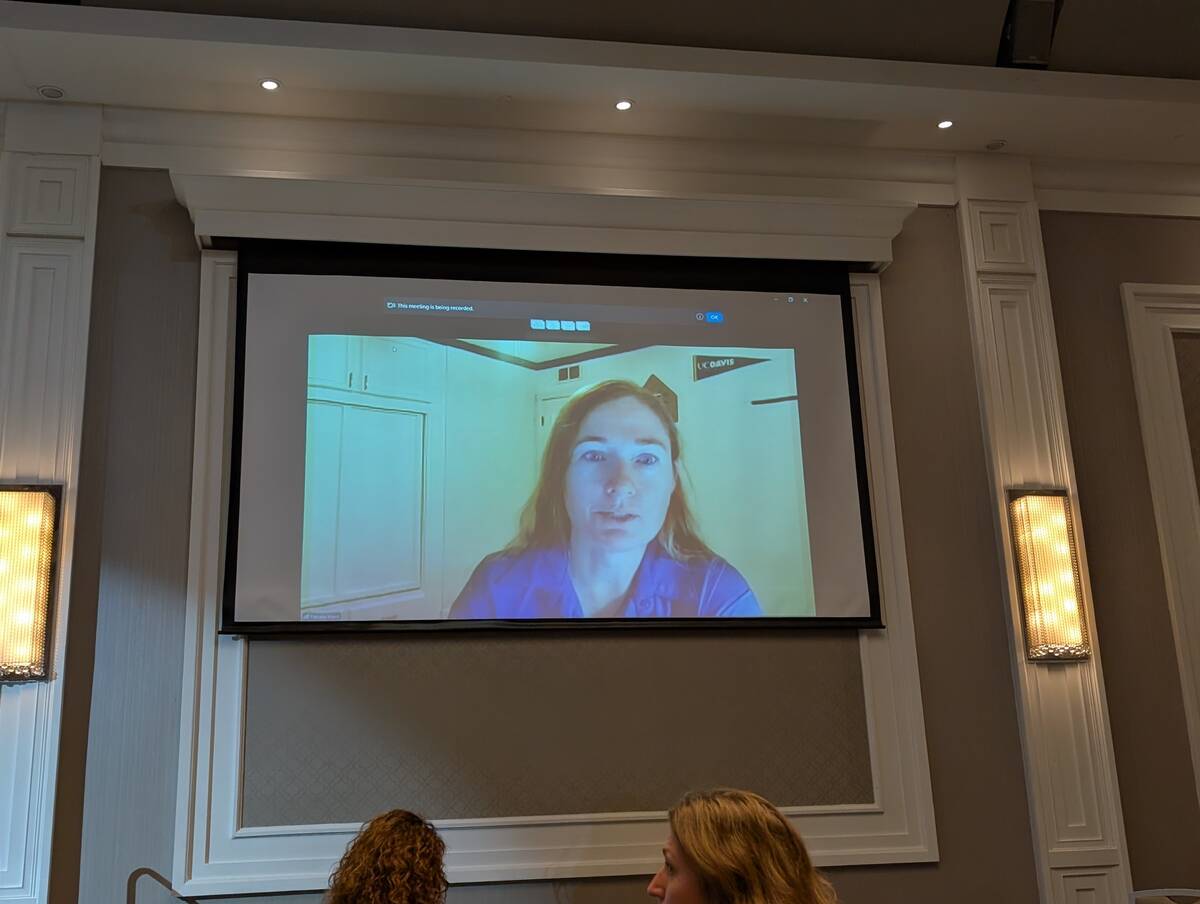
Partnerships, communication key to disease management
Communication and strong, trusted partnerships are key to managing infectious diseases like Foot and Mouth Disease and HPAI.
Digital dermatitis spreads rapidly within herds through contaminated environments, especially manure slurry and dirty, wet floors. Hoof trimming equipment, including hoof knives, grinders, and chutes, often carries Treponema bacteria even after routine cleaning. This highlights the need for proper disinfection to prevent further transmission.
To better understand and manage lesion progression, the M-staging system is used. It categorizes lesions based on appearance and stage, helping guide treatment and monitor healing. M0 is healthy skin, while M1 signals the early stage with a small emerging lesion. M2 is the active, painful ulcer with a raw red appearance. M3 represents healing as the lesion becomes scabbed. M4 is a chronic stage with deep, persistent infection, and M4.1 is when a chronic lesion reactivates and flares up again.
If not treated early, most M1 and M2 lesions will progress to the chronic M4 stage. These lesions can persist for months and are the main source of infection in the herd. Research shows that cows spend about 70 per cent of their infected time in the M4 stage, and these chronic lesions are responsible for most new transmissions. Even after treatment, lesions often return. One study found that 54 per cent of treated cases required at least one retreatment within 11 months.
For animal welfare, preventing the painful M2 ulcers should be a top priority. But to truly control DD at the herd level, eliminating chronic M4 carriers is just as critical to stop the reinfection cycle.
The bottom line is that no single organism or risk factor is solely responsible. DD emerges from an interplay of pathogen and environmental conditions. Effective management of digital dermatitis requires a multifaceted holistic approach. A combination of individual treatment, herd-wide prevention, and management strategies is needed to bring it under control.
Here is an actionable list of key strategies to control the disease:
- Identify and treat M1 and M2 lesions early using effective topical treatments, and follow up to ensure they fully heal back to healthy skin (M0).
- Monitor and manage chronic lesions (M4, M4.1) through recording lesion stages at each hoof trimming. These cows may need more frequent rechecks and topical treatments, extra footbath exposure, or in some cases, culling if they do not respond to treatment.
- A well-designed and well-managed footbath is the key herd-wide approach to keep DD under control.
- Maintain clean and dry floors byscraping manure frequently and providing dry, comfortable bedding.
- Improve biosecurity around hoof equipment, disinfect trimming equipment between cows and quarantine incoming animals.
- Pay close attention to high-risk groups like first-lactation heifers and early-lactation cows.
Digital dermatitis in dairy cattle is a complex but controllable disease. No single intervention is a silver bullet. The integration of individual and herd strategies yields the best outcomes.
Amir Nejati has a DVM degree and a Master’s degree in Animal Science from McGill University and serves as a dairy cattle specialist at Clearbrook Grain & Milling in British Columbia

